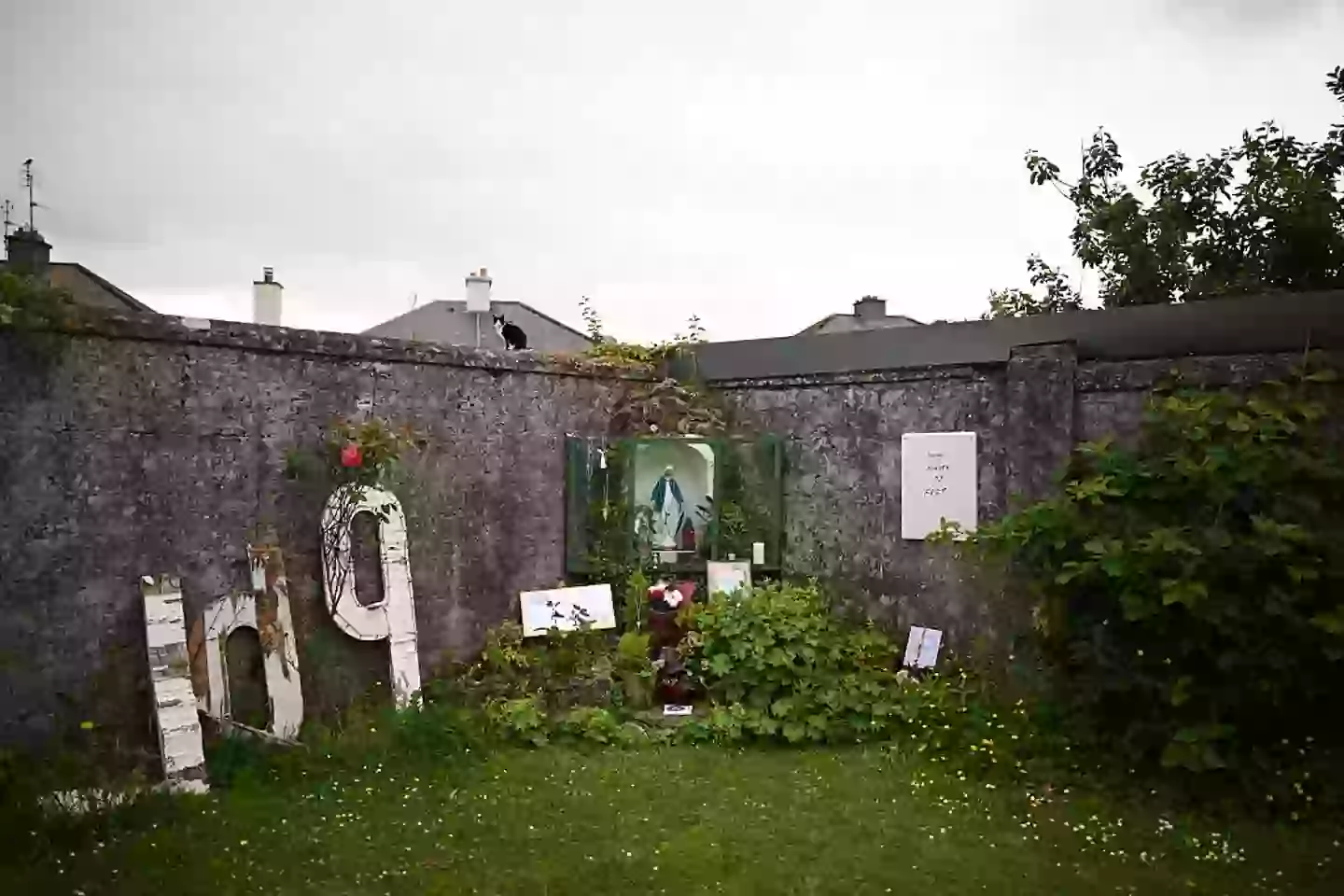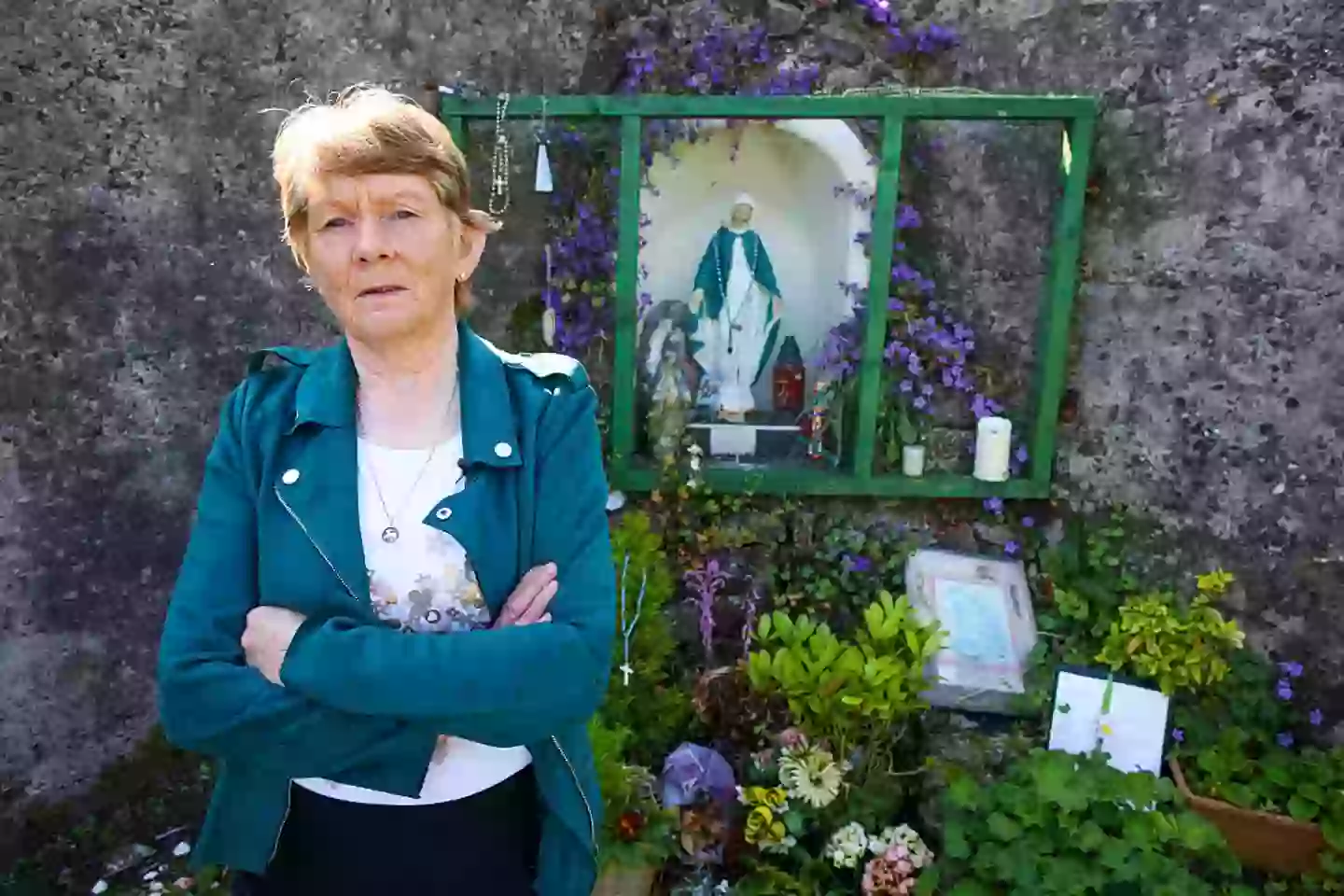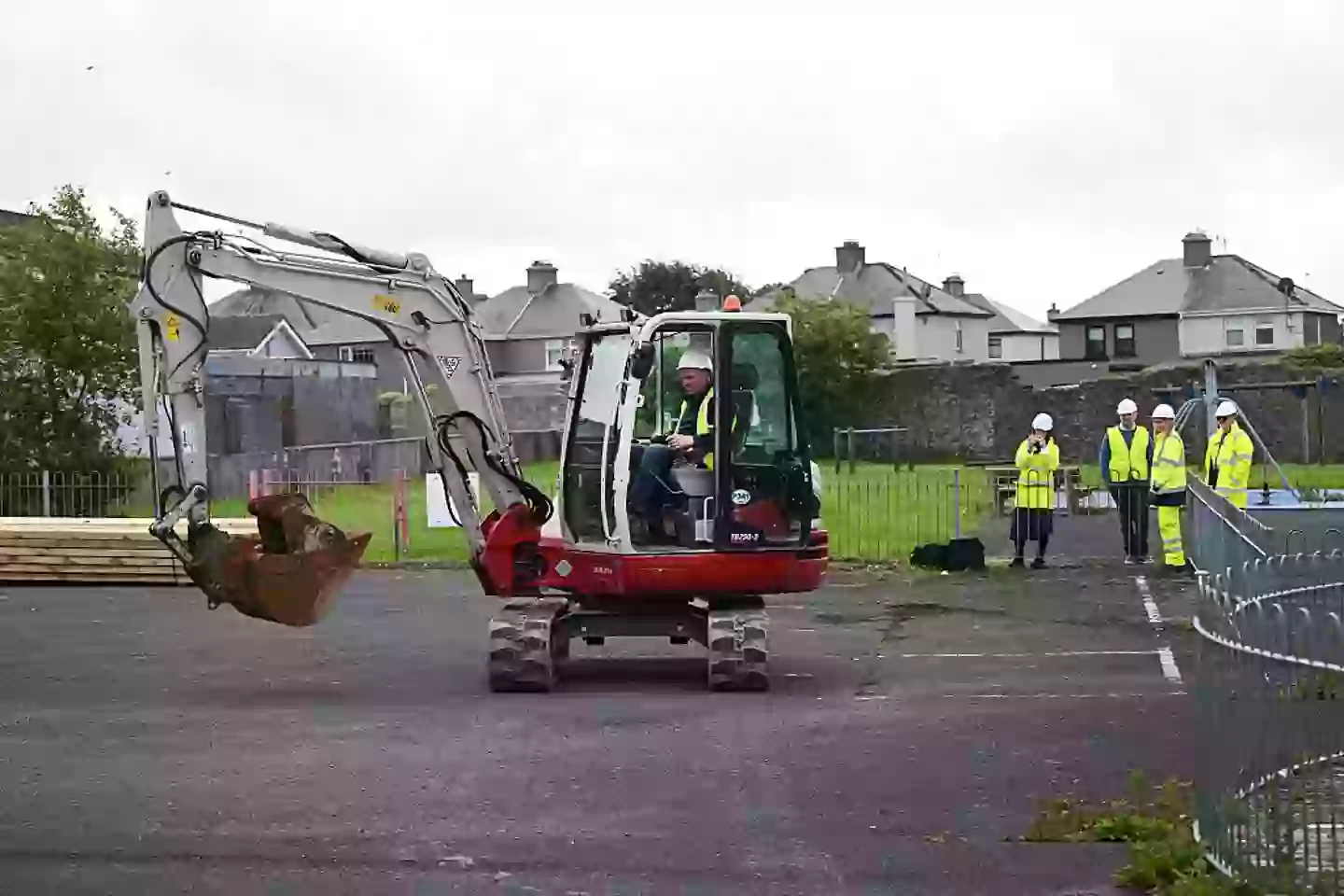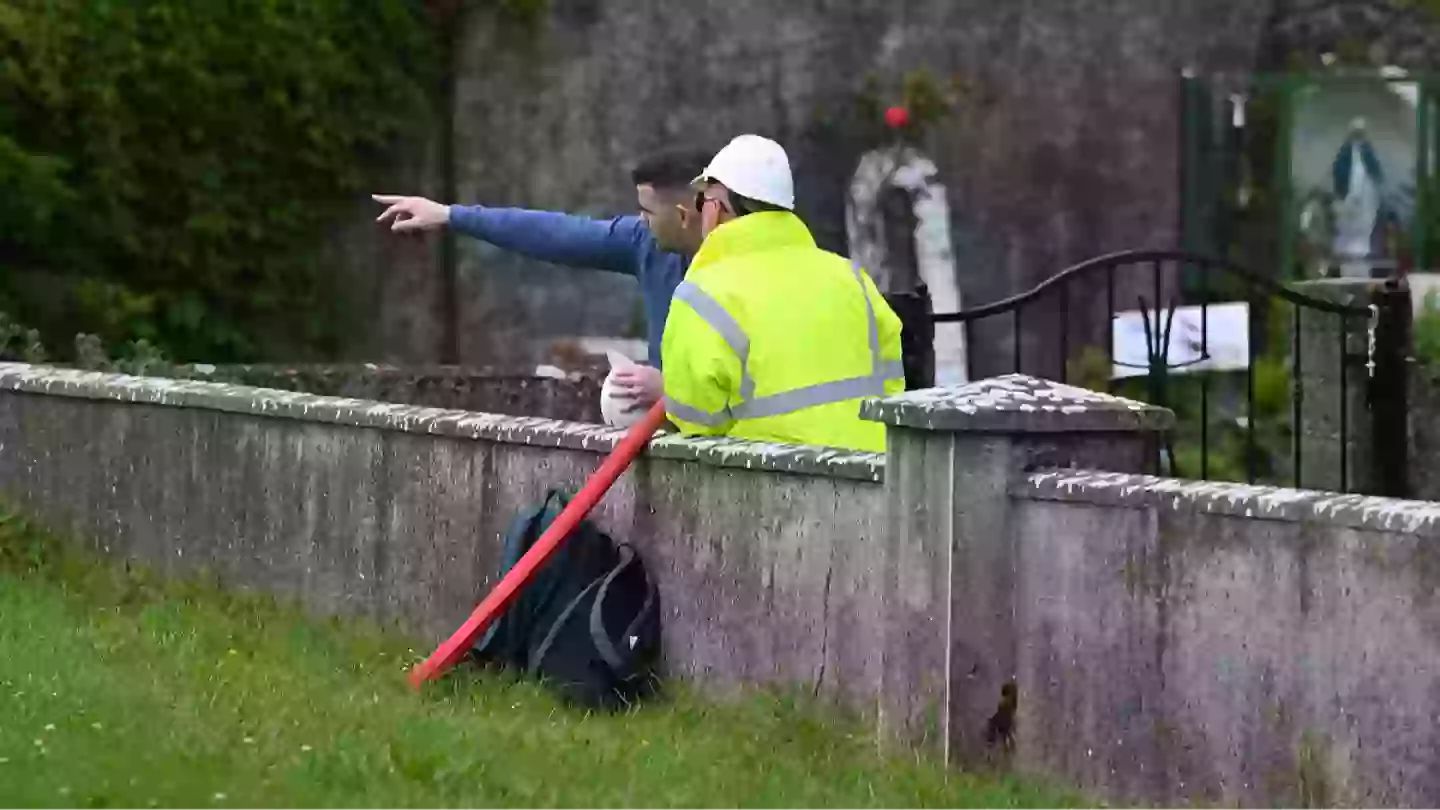An important excavation has commenced at the site of a former ‘mother and baby home’ in Ireland, where forensic experts aim to identify the remains of approximately 800 babies.
The mass burial ground at the location of the former Bon Secours Mother and Baby Home in County Galway has been labeled a ‘stain’ on Ireland’s conscience since its discovery in October 2016.
The site was uncovered thanks to the diligent efforts of historian Catherine Corless, who unveiled that 798 infants had died at this ‘mother and baby home’.
In 1975, two bodies were found at the site, but it was assumed by locals to be a grave from the famine era, referencing the Great Famine of 1845, and it was subsequently re-sealed.
Corless found that although there were records of the babies’ deaths, there was no indication of where they were interred.
This report provides an overview of the recent developments at the site, including insights into how the children are thought to have died, the location of their remains, and the somber history of Bon Secours Mother and Baby Home that still impacts Ireland today.

The ‘mother and baby homes’ were places where unmarried mothers sought refuge from a society that marginalized them due to Ireland’s deep-rooted Catholic beliefs.
A major report from the Irish Government’s Department of Children, Equality, Disability, Integration and Youth (DCEDIY) revealed that nearly half of all infants born out of wedlock who died between 1935 and 1945 did so in these homes.
Sadly, only a quarter of all children born out of wedlock in Ireland at the time resided in mother and baby homes.
The remains of almost 800 babies were uncovered on the grounds of the former Bon Secours Mother and Baby Home in Tuam, a town in County Galway.
This home was managed by a Catholic religious order, the Bon Secours Sisters.
The current Sisters of Bon Secours have offered financial compensation and issued their ‘profound apologies,’ acknowledging that the children were ‘buried in a disrespectful and unacceptable way’.

Severe living conditions were among the many factors contributing to the deaths of the infants, with the BBC reporting that, on average, a child died every two weeks at the Tuam home.
Annette McKay, speaking to The Irish World, recounted how her mother, who stayed at the home with her late sister, was informed that her sister Mary Margaret was one of the babies improperly buried.
She shared that her mother was told her baby had fallen ill, and a nun later informed her that Margaret had died, urging her to ‘leave the same day so she didn’t see the baby’.
“Mary Margaret was born in December 1942 and died in June of ‘43 when she was six months old,” McKay added.
“She died of, reportedly, whooping cough.”
“Her mother was not present at the burial of the baby.”
Established in 1925 in a former workhouse that had housed impoverished children and adults during the famine, the mother and baby home was owned by Galway City Council but operated by the Bon Secours Sisters.
It functioned as a mother and baby home for 36 years, during which time the conditions inside were extremely harsh.
The home closed in 1961 due to the building’s deteriorating state and was demolished 11 years later to make way for a council estate.

Due to Catherine Corless’ meticulous research, it was revealed that up to 798 children had perished at the home for unmarried mothers from 1925 until its closure in 1961.
Corless indicated that many of the children who died were likely placed in a decommissioned sewage tank, referred to as ‘the pit’.
Of these 798 children, only two received an official burial in a nearby cemetery, while the rest are believed to have been interred in a mass grave at the site without coffins or gravestones.
Corless’ findings in 2014 sent shockwaves throughout Ireland and the world, drawing attention to a grim period in mid-20th-century Ireland when the Catholic Church shunned children born out of wedlock, denying them baptism and Christian burial rites.
“I’m feeling very relieved,” Corless stated to Sky News before the excavation, which might take up to two years to finish.
“It’s been a long, long journey. Not knowing what’s going to happen, if it’s just going to fall apart or if it’s really going to happen.”
Corless continued: “The church preached to look after the vulnerable, the old and the orphaned, but they never included illegitimate children for some reason or another in their own psyche.
“I never, ever understand how they could do that to little babies, little toddlers. Beautiful little vulnerable children.”

